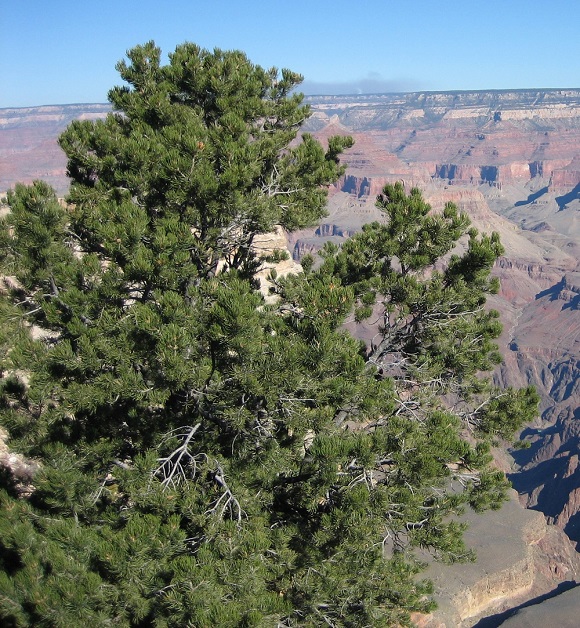'Pampered' trees are the most vulnerable to drought
Trees that have grown in highly suitable climatic conditions are less capable of dealing with extreme droughts, according to a study that underlines the importance of taking a forest's history into consideration when deciding how best to conserve and manage it.

Severe droughts are one of the main threats to forests all over the world. Climate change has made such extreme events more common, prompting scientists to investigate which populations and species are the most vulnerable, and why. A recent study conducted by Francisco Lloret, a CREAF researcher and lecturer at the Autonomous University of Barcelona, reveals that trees that have lived in the most ideal climatic conditions are more susceptible to damage during prolonged dry spells. This discovery highlights the importance of the individual history of a forest, given that its resistance to drought will depend on the climatic conditions it has endured in the past.
Published in the journal Global Change Biology, the study concludes that trees in places in which the climate normally suits them well are more likely to sustain damage during an extreme drought. "Such trees are used to plenty of water being available and, having lived in favourable conditions, find it more difficult to overcome a crisis", explains Lloret. It goes without saying that trees that have grown in less suitable climates suffer during droughts too, but they have a better chance of surviving because they are accustomed to a chronic lack of resources.

To carry out the study, Lloret and his co-author, Thomas Kitzberger, from the National University of Comahue (Argentina), analysed how different Pinus edulis (a species of pine found in southwest America and northern Mexico) forests reacted to an extreme drought event spanning 2001 and 2007. In the statistical model they used for their analysis, the researchers combined information on the forests' geographical distribution with data on the climatic conditions each forest experienced in the decades prior to the drought. Their results unequivocally showed that the forests in which the levels of tree die-off were highest during the drought were those that had previously enjoyed long periods of ideal climatic conditions.
The information in question is crucial to forest conservation and management, and makes it clear that it is necessary to protect not only forests already in a critical state but also those that are healthy and have lived in favourable conditions for many years.
REFERENCED ARTICLE
Lloret F., Kitzberger T. (2018). Historical and event-based bioclimatic suitability predictsregional forest vulnerability to compound effects of severedrought and bark beetle infestation. Global Change Biology, 24: 1952-1964. DOI: 10.1111/gcb.14039






